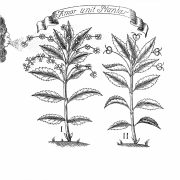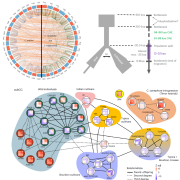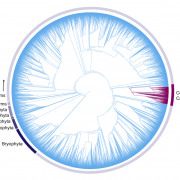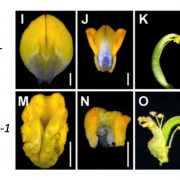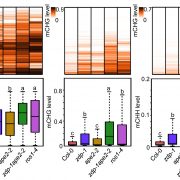How asparagus recently changed its lifestyle from hermaphroditism to distinct males and females
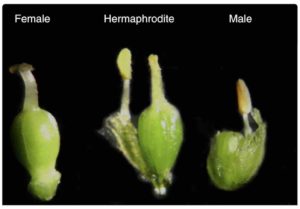 Sex determination in the animal kingdom has been relatively well studied, with two main systems responsible for the sexes in mammals, insects, birds, reptiles and fish; XY and ZW sex-determination. Although much is still unknown about these systems, with many exceptions being discovered to previously considered rules, there is agreement that both these systems are ancient in metazoan lineages. The plant kingdom is notorious for harbouring exceptions to discoveries made in Animalia. The evolution of dioecious (distinct male and female) plants has occurred multiple times and at different time points in the evolution of the flowering plants, making this group ideal to study the evolution of sex chromosomes. Recently, a study of the garden asparagus genome, one of a few dioecious species in an otherwise hermaphroditic genus, revealed a large segment of the Y-chromosome that is absent from the X-chromosome. Harkess et al. also identified two genes likely involved in sex determination present in this 1-million base region; one responsible for suppressing female development and the other for male functionality. Only 6 percent of angiosperms show a dioecious lifestyle, and one-gene and two-gene hypotheses for the origin of dioecy, and an active Y-chromosome that determines the sex of the individual, exist. The asparagus genome lends support to the two-gene model, with the study showing male to hermaphrodite, and male to female conversions, depending on whether one or both genes are deleted. Thus, unlike in Animalia, the origin of a sex system in asparagus is recent, indicating that there are multiple genetic factors likely responsible for the opposite sexes in flowering plants. (Summary by Danielle Roodt Prinsloo) Nature Comms. 10.1038/s41467-017-01064-8
Sex determination in the animal kingdom has been relatively well studied, with two main systems responsible for the sexes in mammals, insects, birds, reptiles and fish; XY and ZW sex-determination. Although much is still unknown about these systems, with many exceptions being discovered to previously considered rules, there is agreement that both these systems are ancient in metazoan lineages. The plant kingdom is notorious for harbouring exceptions to discoveries made in Animalia. The evolution of dioecious (distinct male and female) plants has occurred multiple times and at different time points in the evolution of the flowering plants, making this group ideal to study the evolution of sex chromosomes. Recently, a study of the garden asparagus genome, one of a few dioecious species in an otherwise hermaphroditic genus, revealed a large segment of the Y-chromosome that is absent from the X-chromosome. Harkess et al. also identified two genes likely involved in sex determination present in this 1-million base region; one responsible for suppressing female development and the other for male functionality. Only 6 percent of angiosperms show a dioecious lifestyle, and one-gene and two-gene hypotheses for the origin of dioecy, and an active Y-chromosome that determines the sex of the individual, exist. The asparagus genome lends support to the two-gene model, with the study showing male to hermaphrodite, and male to female conversions, depending on whether one or both genes are deleted. Thus, unlike in Animalia, the origin of a sex system in asparagus is recent, indicating that there are multiple genetic factors likely responsible for the opposite sexes in flowering plants. (Summary by Danielle Roodt Prinsloo) Nature Comms. 10.1038/s41467-017-01064-8


